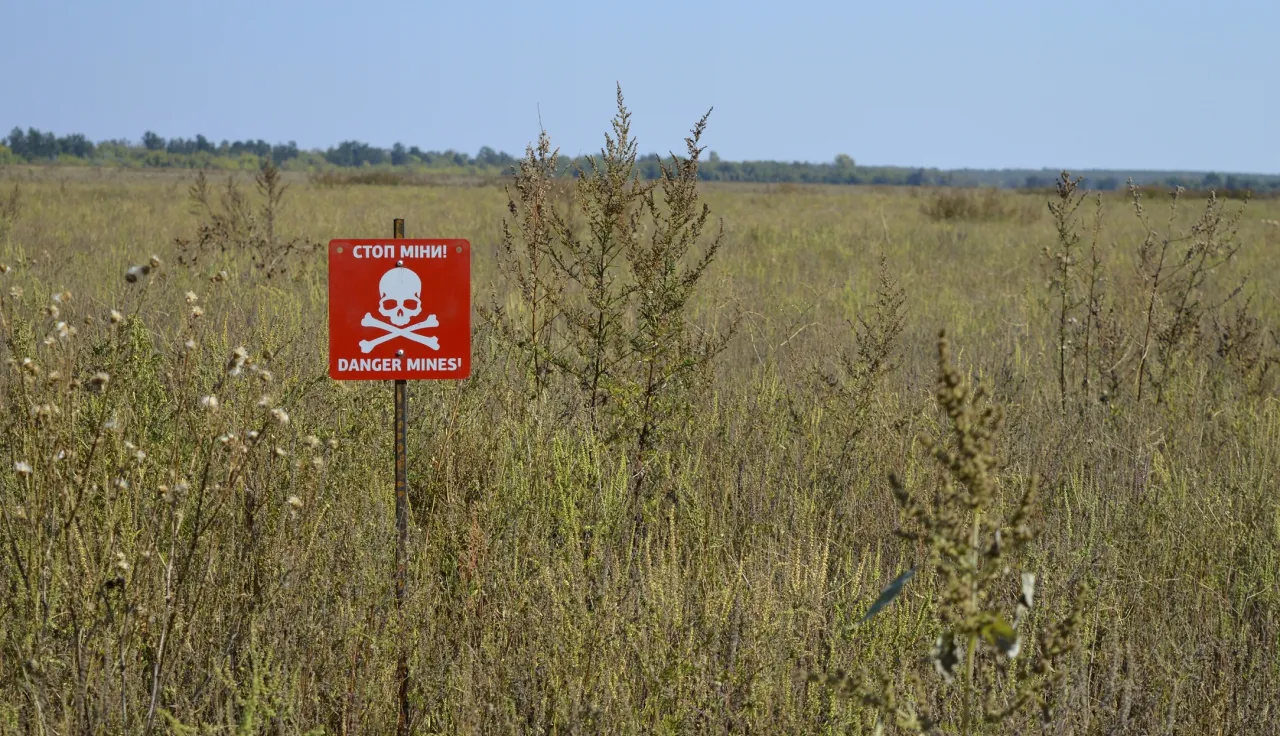Mr President, Your Excellencies, Ladies and Gentlemen,
It gives me great pleasure to speak to you on behalf of the International Committee of the Red Cross (ICRC) at the opening of this Nineteenth Meeting of the States Parties to the Anti-Personnel Mine Ban Convention.
Over the past 24 years, the collective and sustained efforts of States, international organizations and civil society have made the Anti-Personnel Mine Ban Convention one of the most successful weapons treaties in history.
It has played an important role in reducing civilian harm, enabling humanitarian access to communities and making them safer. Productive agricultural land has been reclaimed, and refugees and those displaced by conflict have been able to return home to rebuild their lives and livelihoods.
There is much to celebrate. Since its entry into force in 1999, the Convention has helped reduce the number of civilian casualties of anti-personnel mines by 90%. Over 80% of the world's countries are party to the Convention. The legal trade in anti-personnel mines has virtually ceased and more than 55 million stockpiled mines have been destroyed, with 31 States Parties having completely cleared mines from their territory.




